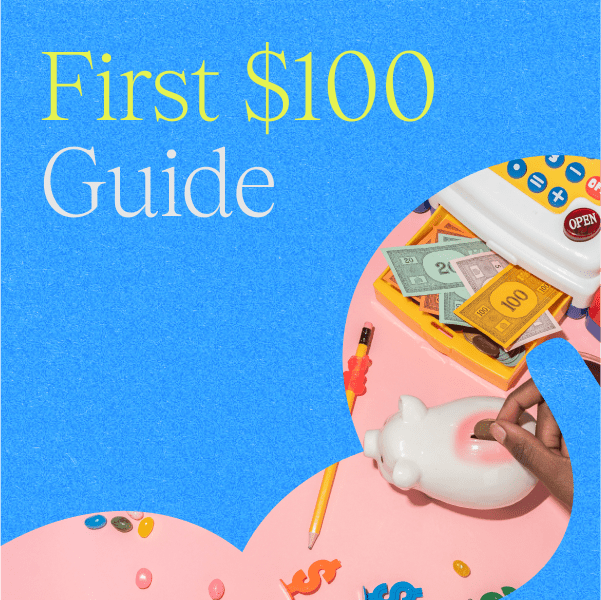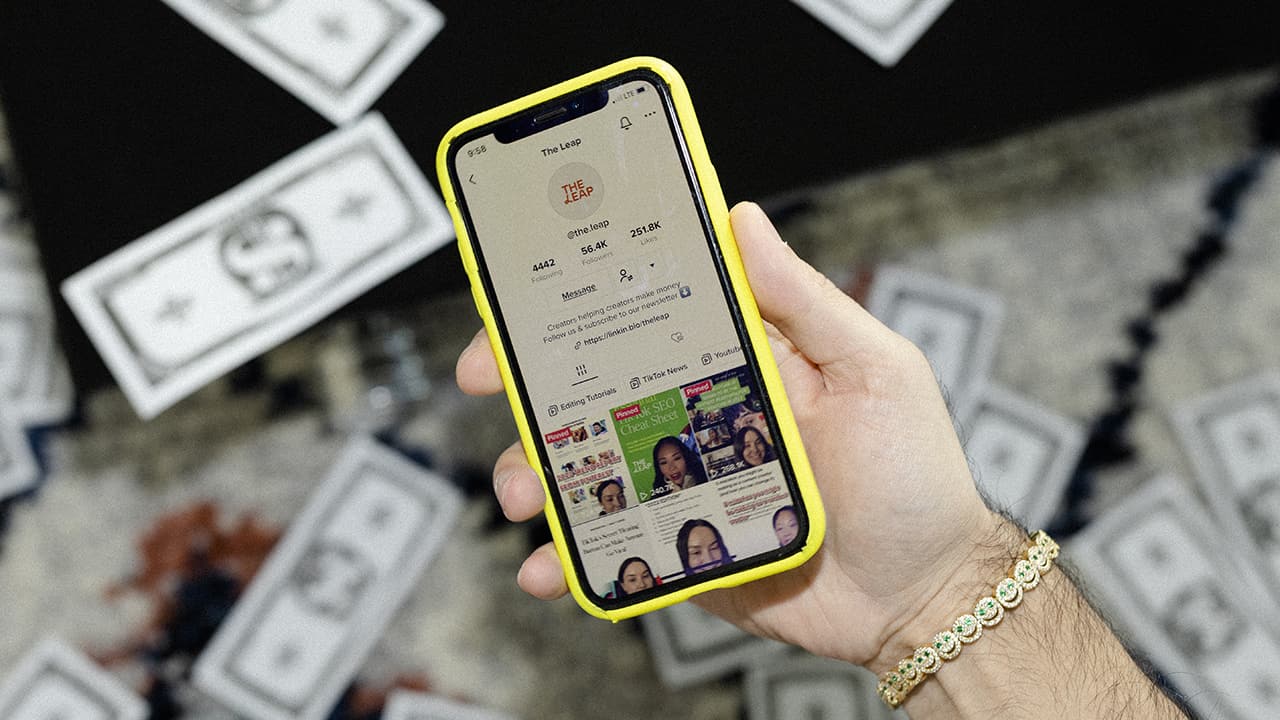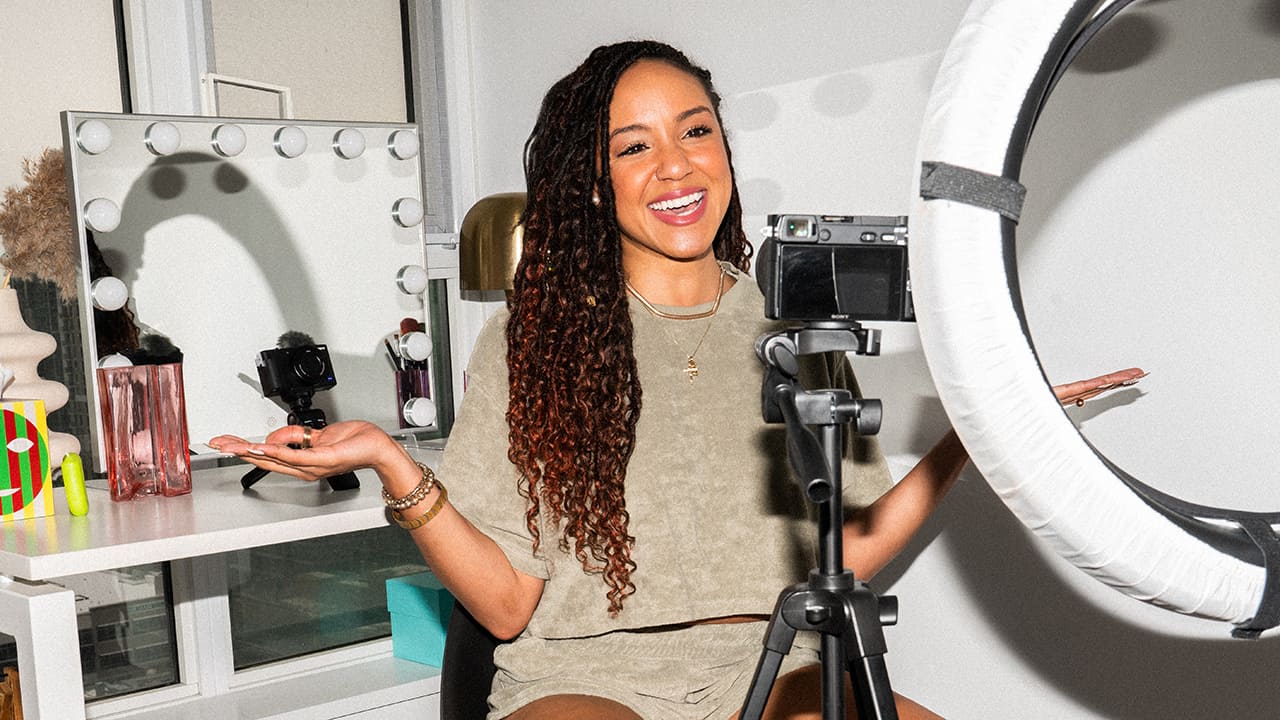According to a massive global study run by Adobe this year, nearly one in four people are creators — people who contribute to our online spaces. And if we’re to group these creators by the nature of their content, they’ll probably fall into either of these categories: creator entertainers, or creator educators.
While today’s social media stars are mostly creator entertainers, we here at The Leap still believe the geeks will inherit the Earth. And that’s because creator educators stand to earn more with fewer followers.
Shocked? Read on to find out why.
What’s your creator personality?
In the words of Jay Clouse, creator and host of podcast Creative Elements, “There are people who help you learn and transform, [and those who help you] happily pass time.”
Confused about what you are? Ask yourself this: Is your mission to entertain your followers, or to teach them something?
The creator entertainer
Creator entertainers make amusing content that keeps people watching, often relying on the strength of their personality to gain followers. They live to inject joy into our feeds, whether that’s by singing, dancing, making bold statements, or just making us laugh.
Entertainment can be seriously lucrative. From Charli D’Amelio to Khaby Lame to Addison Rae, TikTok’s biggest creators are all entertainers. Even YouTube, which defaults as more of an educator platform than, say, Instagram, sees its biggest stars entertaining rather than educating — think PewDiePie, MrBeast, and a frankly shocking amount of children’s content.
This makes sense: We live to be entertained. It’s why we spend hours on social media rather than doom-scrolling Wikipedia after a night out. But social media is also why we’re drinking Pedialyte after that big night — because someone, somewhere, taught us about its hydrating effects.
Enter the creator educator.
Ready to start earning money online?
Sign up to The Leap newsletter for useful tips, free resources, and insights from creators, delivered weekly right to your inbox.
The creator educator
Creator educators centre their content around a topic, and count on the strength of their expertise to grow their audience. They’re here to teach us what they know, from free, practical lessons to gated workshops and consultations. They specialize in every topic under the sun, whether that’s teaching us to clean our house, speak Mandarin, or train our dog.
The most successful creator educators are the ones who make their expertise feel achievable and show that they’re still learning, too. They find a way to relate to followers as learners themselves, whether that’s by documenting their failures, or talking about the facts and techniques they’ve just learned.
“We want to learn from people who are still learning. The best teachers are students of their discipline, and there’s a lot of power in adopting the posture of STUDENT even if your business is built on teaching,” says Clouse.
Take Julia Sousa, whose TikTok feed shows her evolution from “woman interested in design” to full-time DIY educator. Or Rob Kenney’s YouTube channel Dad, How Do I?, where Rob teaches practical life skills he wishes he’d learned from his father.
Why creator educators stand to earn more than creator entertainers
Think of it as a spray-and-pray approach versus a sniper attack.
While creator entertainers have massive audiences, their followers don’t have anything specific in common. Therefore, to sell a specific good, service, or sponsored product, creator entertainers need to be seen by a lot more people, then hope some of those people just happen to be interested in what they’re selling.
Creator educators’ followers, on the other hand, are already devoted to their topic of choice. When creator educators promote a product, good, or service, they can be reasonably certain that their viewers have some level of interest in it, giving them a higher potential customer-to-follower ratio. This also means they don’t need to be as widely popular to convert, freeing them up to focus on what they do rather than constantly being on the audience growth grind.
In sum, here’s why it could be harder for creator entertainers to monetize:
- Brands may hesitate to associate with creator entertainers, given that their audience — while large– doesn’t share the commonalities necessary for a strong conversion rate.
- Followers don’t feel compelled to pay for anything, because they’re already getting the content they want — entertainment — for free.
According to creative agency Reelfluencer, “A creator focusing on a specific vertical can provide knowledge, tips and tricks, discounts, and more, enabling them to create a community of like-minded followers. This makes the specific creators more desirable to related brands as they can reach their desired target audience, who are more likely to take action.”
Creator educators: smaller audiences, higher revenue
Let’s take the fashion industry, for example.
If you’re like Alexa Kari, who teaches people how to sew, you can sell courses, guides, patterns, and custom pieces while getting everything from your sewing machine to your thread and fabric sponsored. That’s because your audience cares about learning how to sew, or the process of sewing, to some degree, meaning they’re primed to make purchases from you.
On the other hand, if your thing is modeling — ergo, you’re a creator entertainer — you have fewer revenue streams available to you. Sure, you might still get sponsored by brands that match your aesthetic if you have a big enough following. But otherwise, much of the paying content that creator educators use to monetize aren’t available to you. Your audience has no real need in common.
Why not both? Discover the creator edutainer
The gold standard of creators are those who educate and entertain. Why? Education ensures your followers have the common interests that convert, while entertainment keeps them hooked. When an audience is captivated, it’s easier to capitalize.
Take Taylor Mei, or Little T, coach and callisthenics athlete who entertains her massive audience by doing motion-sickness-inducing flips while sharing free educational content in the form of mobility challenges and stretching exercises. Taylor uses entertainment to show off her credentials, and even comes off as relatable by including her bloopers and learning sequences.
But that’s just the tip of the iceberg for Taylor’s business. She uses her platform to funnel primed followers into her paying fitness app, get clients for 1-on-1 coaching, and sell virtual and in-person workshops, guides, and classes — all while wearing activewear brands like Gymshark and BaseBlocks, who know they’ll cash in on her callisthenics-obsessed audience.
Create, educate, and make bank
Providing followers with knowledge isn’t just a great way to share your passion — it’s also a fantastic route to monetization, especially if direct sales from your topic of interest can’t support you.
Not selling enough pottery to make a living? Consider creating a course that explains your special glazing technique and offer small workshops on top of your pottery. Selling your knowledge as well as the fruits of that expertise creates passive income on top of active income, providing you with a more sustainable way to go full-time.
Regardless of where you land, there are countless ways for you to diversify your income as a creator. Simply nurture your audience, deliver on your promises, and dare to think outside the box.
Transform your knowledge into digital products — and $$$
Want to start monetizing your knowledge and expertise? Then you’ll want to get in on The Leap.
The Leap is the latest tool from the leading creator educator platform Thinkific. This all-in-one platform functions as a link-in-bio tool, an online storefront, and an easy, versatile digital product builder, allowing creators to create and sell digital products all from one place. Designed with lead generation and sales in mind, The Leap helps creators transform their knowledge into digital products and their followers into paying customers, quickly and easily.
The Leap’s AI-powered digital product builder enables creators to bring their product ideas to life, whether it’s a tutorial, a mini-course, or a guide. Because it’s so easy to use, The Leap’s zero-cost, user-friendly authoring tool empowers creators to turn their products into lead magnets, which helps them grow their email list — and their pile of cash.
The best part? The Leap is free to use!
Want to kickstart your monetization journey, and start creating and selling digital products today? Try The Leap for free.
Follow The Leap on TikTok and Instagram for more monetization tips for creators. We also make a newsletter.




